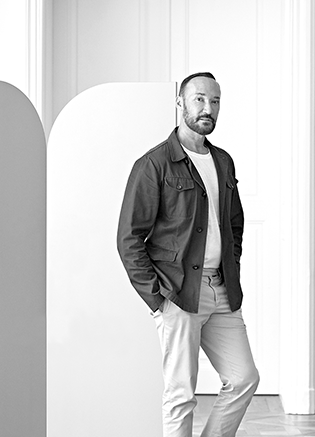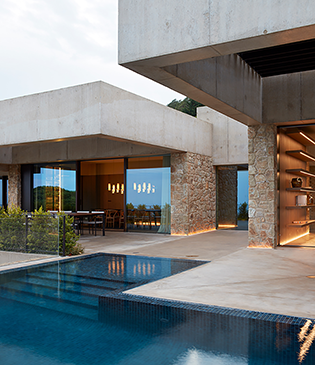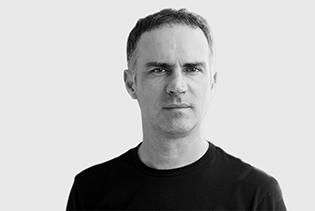Lucas Muñoz is a designer based between his hometown Madrid (Spain) and Eindhoven (The Netherlands). His career ranges through an ample variety of projects produced from one of his ateliers in those countries or locally in different places in the world, having developed contextualized work in territories such as India, South Korea, Lebanon and Thailand, among others, in addition to many European ones. Adds up to this his extensive development of furniture unique and limited pieces, together with many other experimental ones such as sound systems, boats or skateboards.
Lucas has materialised exhibition and interior design projects with which he always managed to develop an extended understanding of his profession. Examples of this, within the last year, are his restaurant project MO de Movimiento in Madrid (for which he received the FRAME Award for Best Use of Material and the Dezeen Award for Most Sustainable Interior), or the sociological study The Rocket Trail (for which he got the Talent development grant by the Dutch cultural fonds, Stimuleeringfonds) that he translated into an exhibition, an archive and a docufilm conceptualized, co-directed and produced by him.
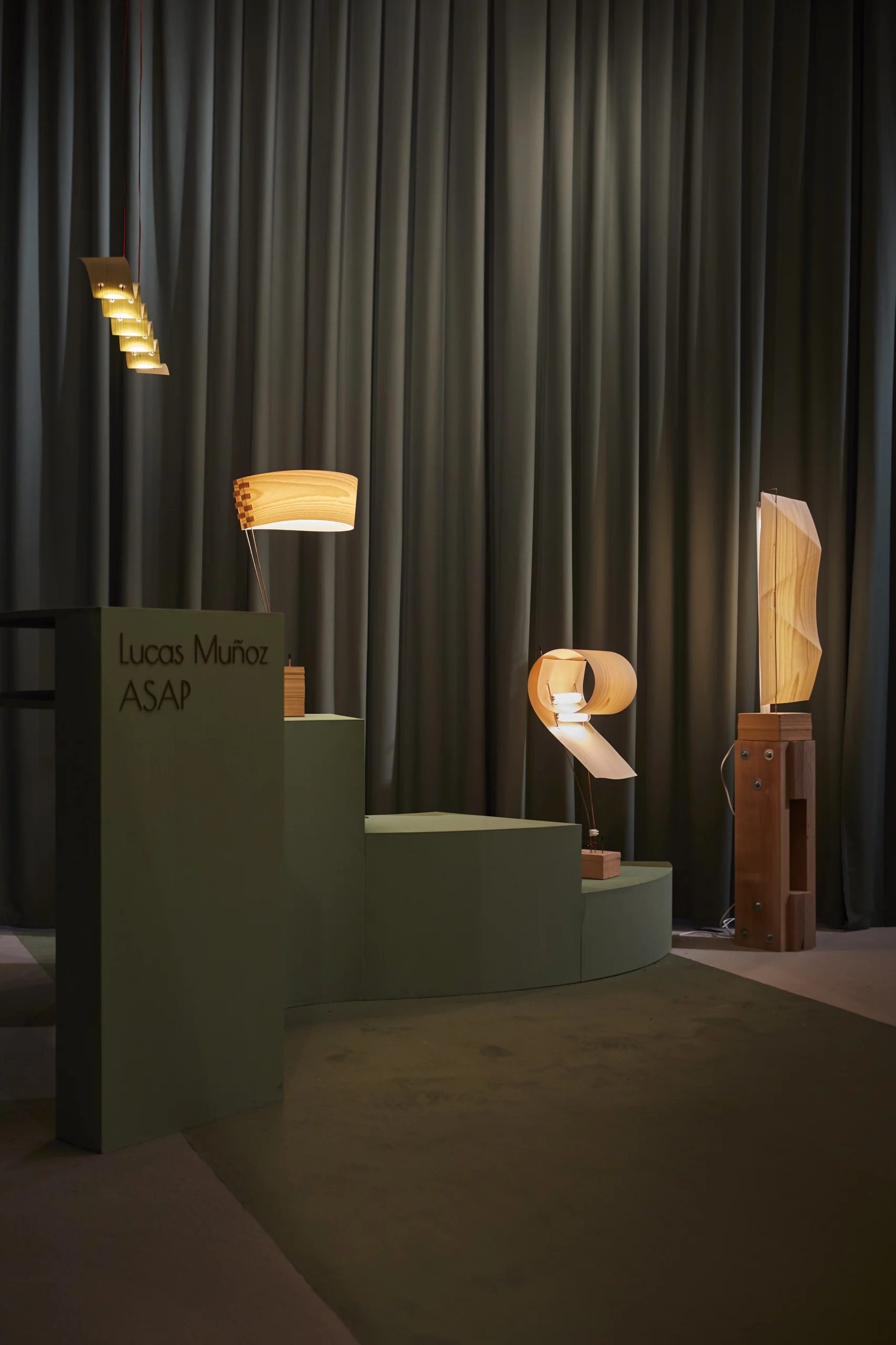
Lucas Muñoz has recently collaborated with LZF on an experimental project called ASAP. The ASAP collection is uniquely experimental. Is defined by the designer’s belief in collaboration, where materials directly interact and work in conjunction.In this case, ASAP doesn’t mean “as soon as possible” but rather “as simple as possible”.
Introducing ASAP Circular Table, the only table lamp in this collection, the shape of the natural wood veneer is guided using copper rods.The lamp’s materials are honestly expressed: the rigid copper rods conduct electricity, the wood veneer diffuses light, and the terracotta base provides stability.

This collection follows my previous self-produced collection and ongoing research B.A.R.E (Bricks, Appliances, Rods and Electricity). This collection was developed as an easy and cheap-to-produce system based on copper-covered steel rods, bricks and standard electric components. A few models of those were shown in Madrid, where LZF spotted their presence and got close to me to collaborate. After a first visit to their headquarters (and a fun night together), we agreed it would be nice to develop something in common, and I brought much leftover material from their production line to the studio. The rest was a question of playing with their wood sheets and finding ways of letting those express their physicality through tension and compression. Inspiration in this case came more from a playful approach and a search for simple interventions than from outside references or sources. LZF has a very defined materiality, and the game that allows it to be played is already rich within it; together with that, I have already developed a system of elements that afford to shed light in a controlled way. Putting both together came as a logical and fun step for both of us.
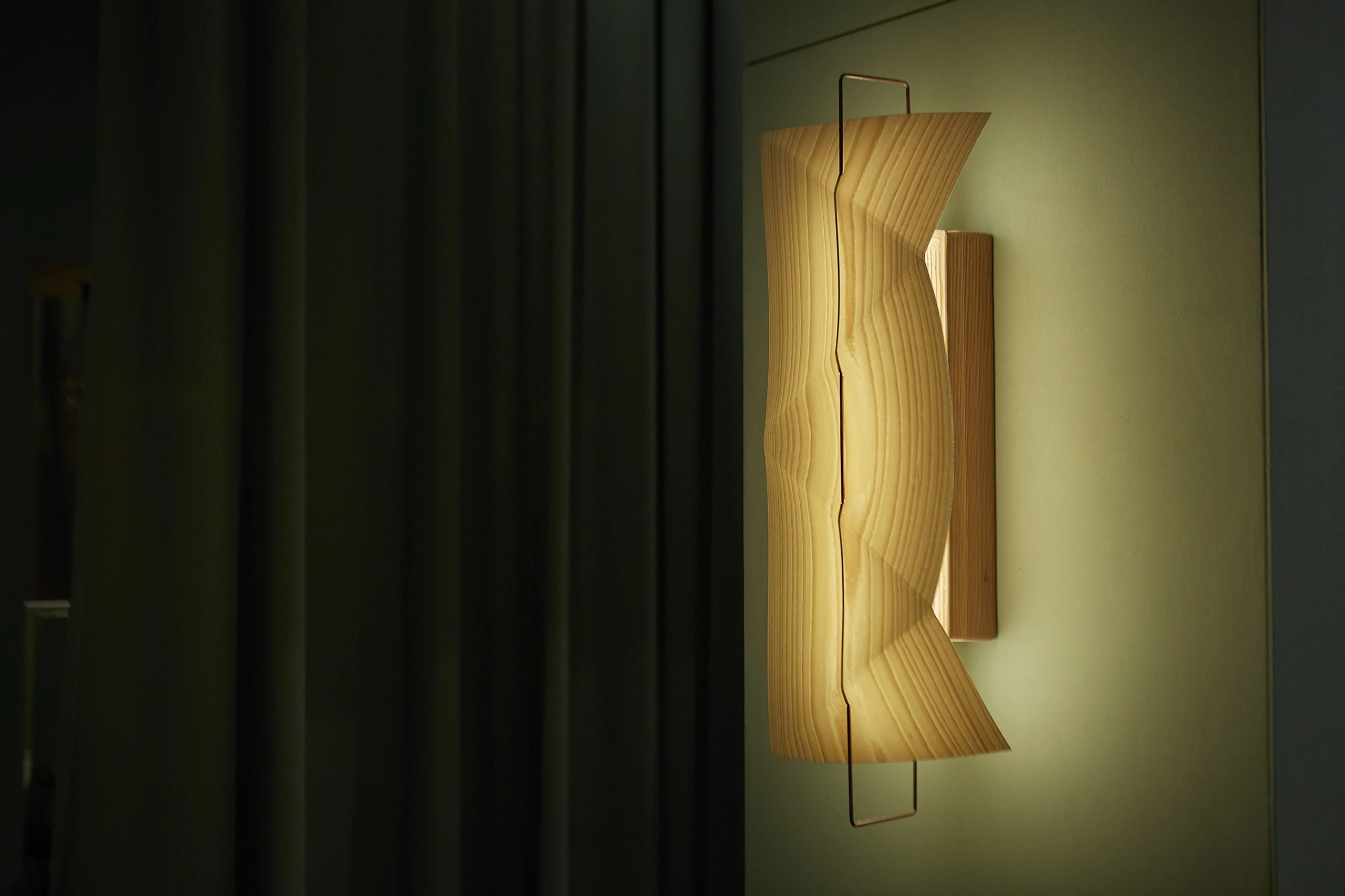
Your work is very much concerned with sustainable design. How do you approach sustainability?
Sustainability as an approach which is fundamentally a questioning method. Being the questions oriented to counter balance any possible material, social or energy investment. Why? How? From where? What then? For how long? Who is behind? Where did that happen? Why so far? Etc. is having a spirit constantly focused on the origin and destiny of the materials involved and the energy employed, already employed or to be employed. It is a tough process since there is no such thing as perfection here, but we need to aim for reduction, optimisation, design for dismantling, chemistry consciousness, and so on. In the end, the approach I apply is a learning one, in a way that projects become studies of a possible alternative to the common.
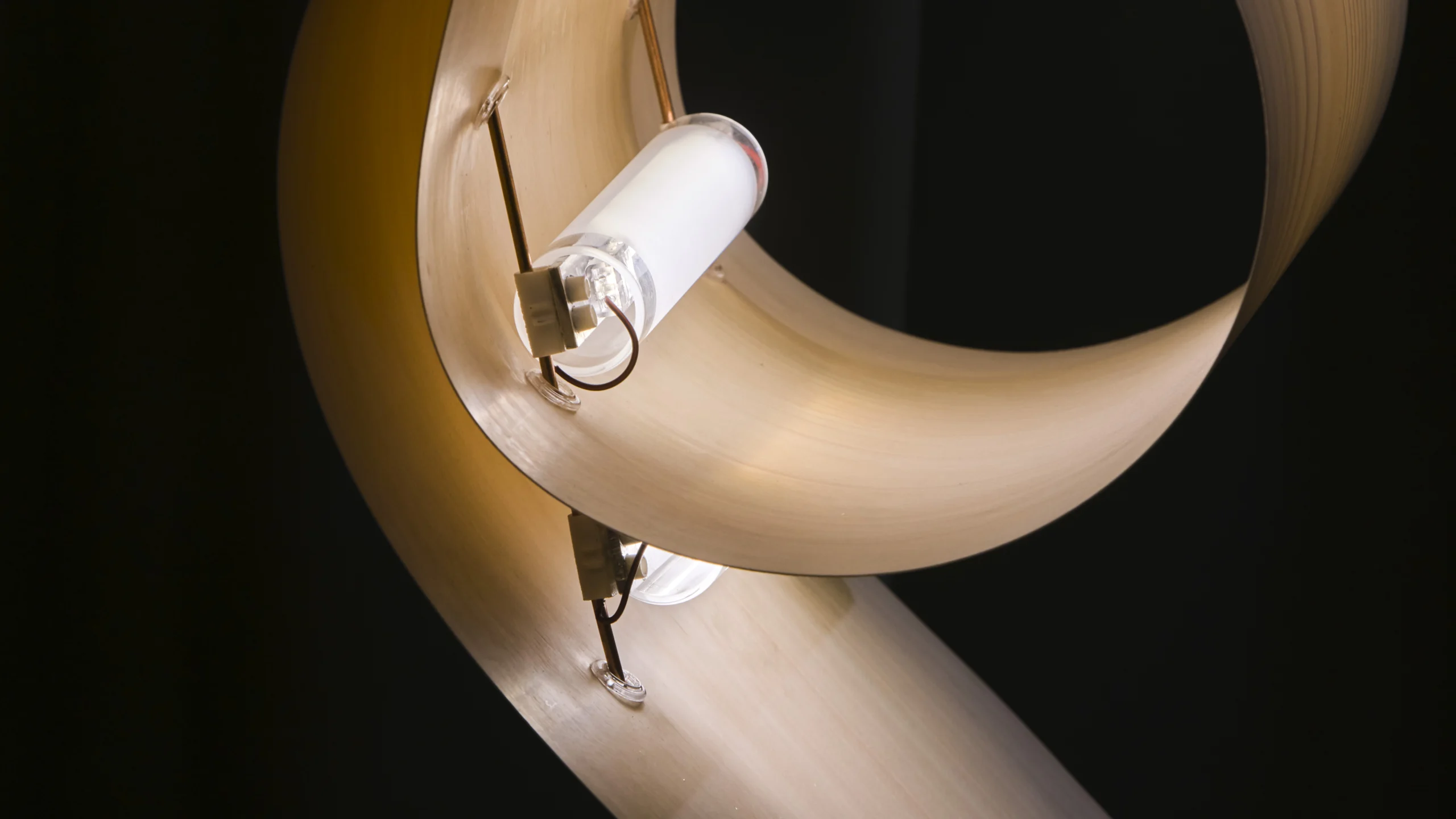
You work between Eindhoven and Madrid. How do these two contrasting cities influence your thinking on design?
Lately, I am more in Madrid, only going to Eindhoven to teach at the university there or for specific project collaborations. Netherlands is a country that makes a flagship out of design and other creative industries. It is hence an amazing incubation cabin for many groundbreaking and radical talents. As a teacher there I get the opportunity to interact with a pioneering generation of thinkers. On the other hand, Spain has a specific artistic wilderness that makes it inspiring on a different level – maybe more related to the raw and the wild. Madrid is almost ten times the size of Eindhoven, and its metropolitanism makes it a unique melting pot of cultures and expressions; there’s always a lot of information happening on every corner. You can cross Eindhoven with your bike in about 20 mins, and you’ll probably have stumbled upon a few designers and creative spaces on that path. The information that you receive in that city is more concentrated but less varied. The one in Madrid is a myriad of inputs coming from every direction.
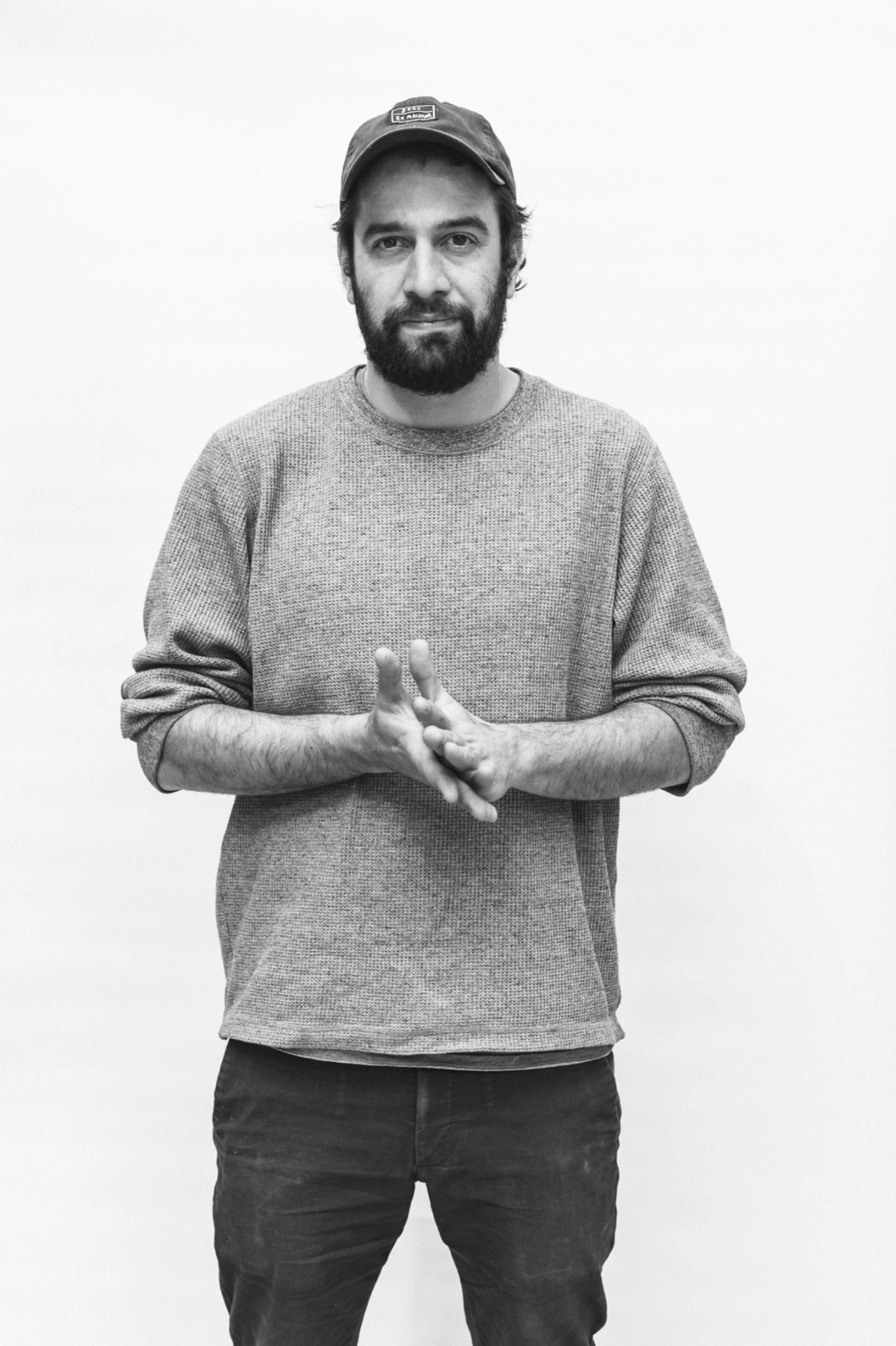
As a designer, what are you still curious about?
As a designer, my curiosity has never waned, and I believe that’s what drives me to undertake unique projects like street installations, documentary films, and book editorials, which are not market-oriented or driven by capital gain.
My collaboration with LZF has opened a new chapter in my design journey, and I am thrilled to say it has sparked a whole new set of questions and riddles in my pursuit of creating useful objects. We named the collection ASAP to embody the curiosity and exploration attitude behind the prototyping process, which often fades away when an object becomes industrialised.
Nonetheless, we aim to keep it alive in these lamps and bring the user closer to the act of making and designing. Our goal is to let them experience the curiosity-driven spirit that leads to the creation of an object.


